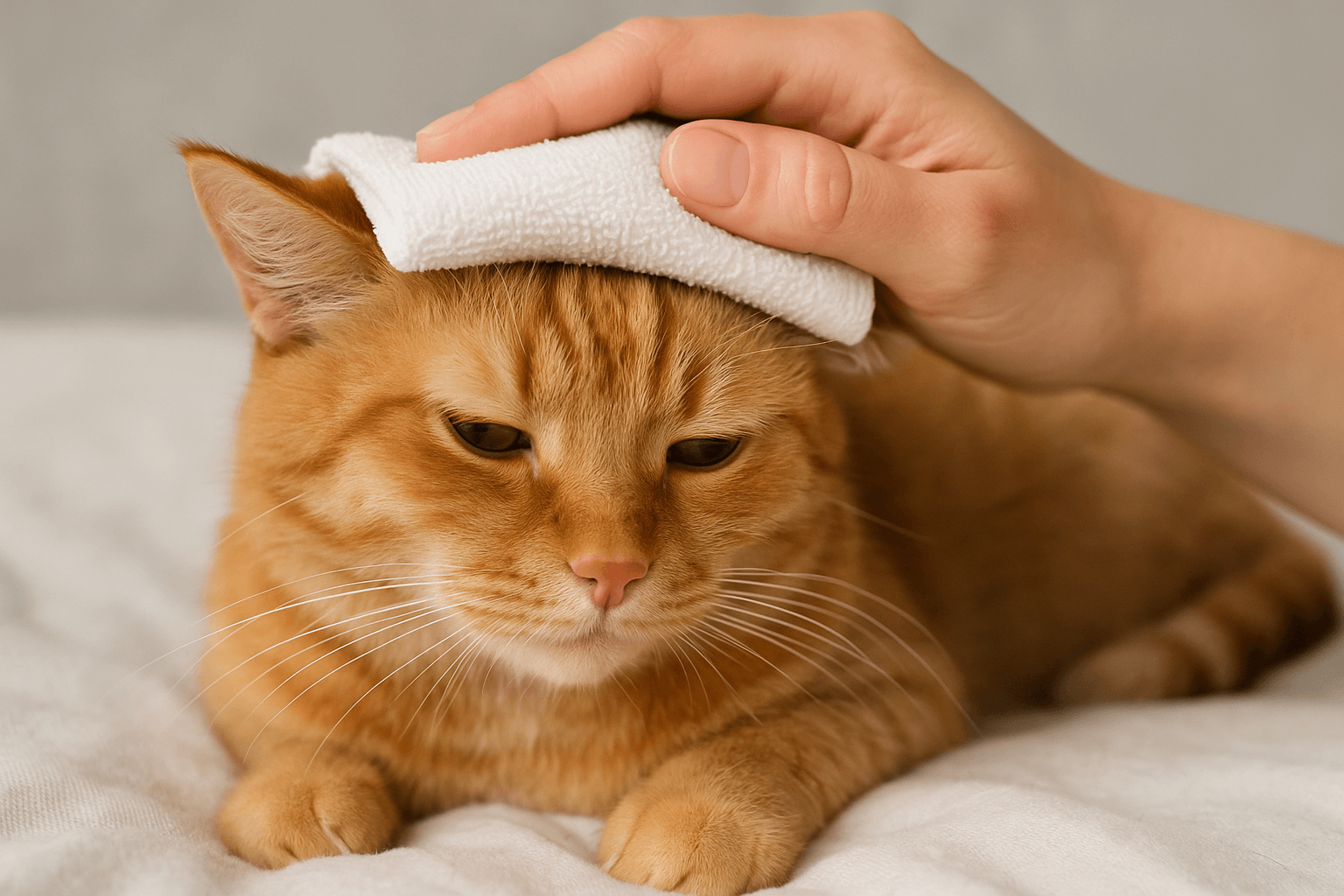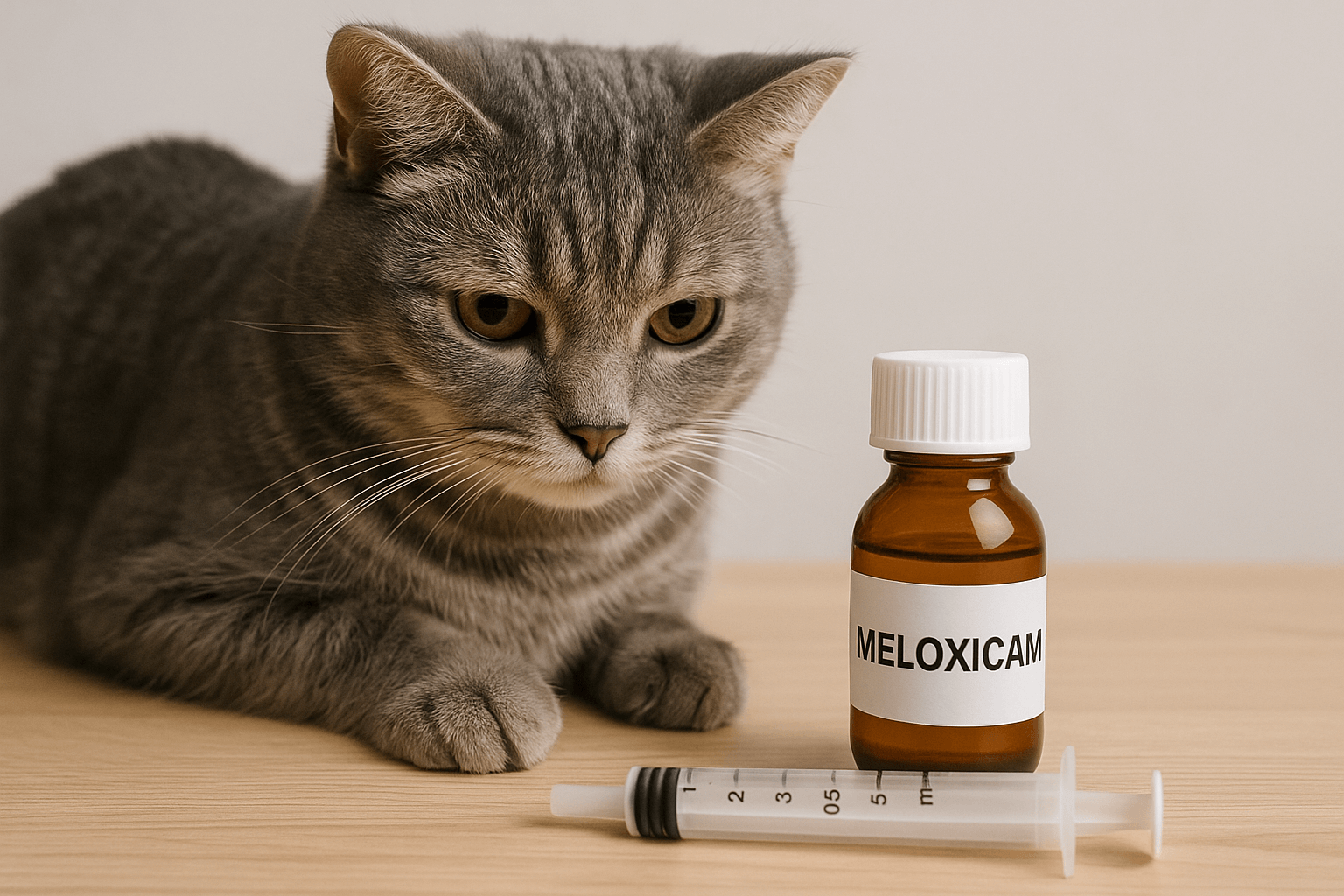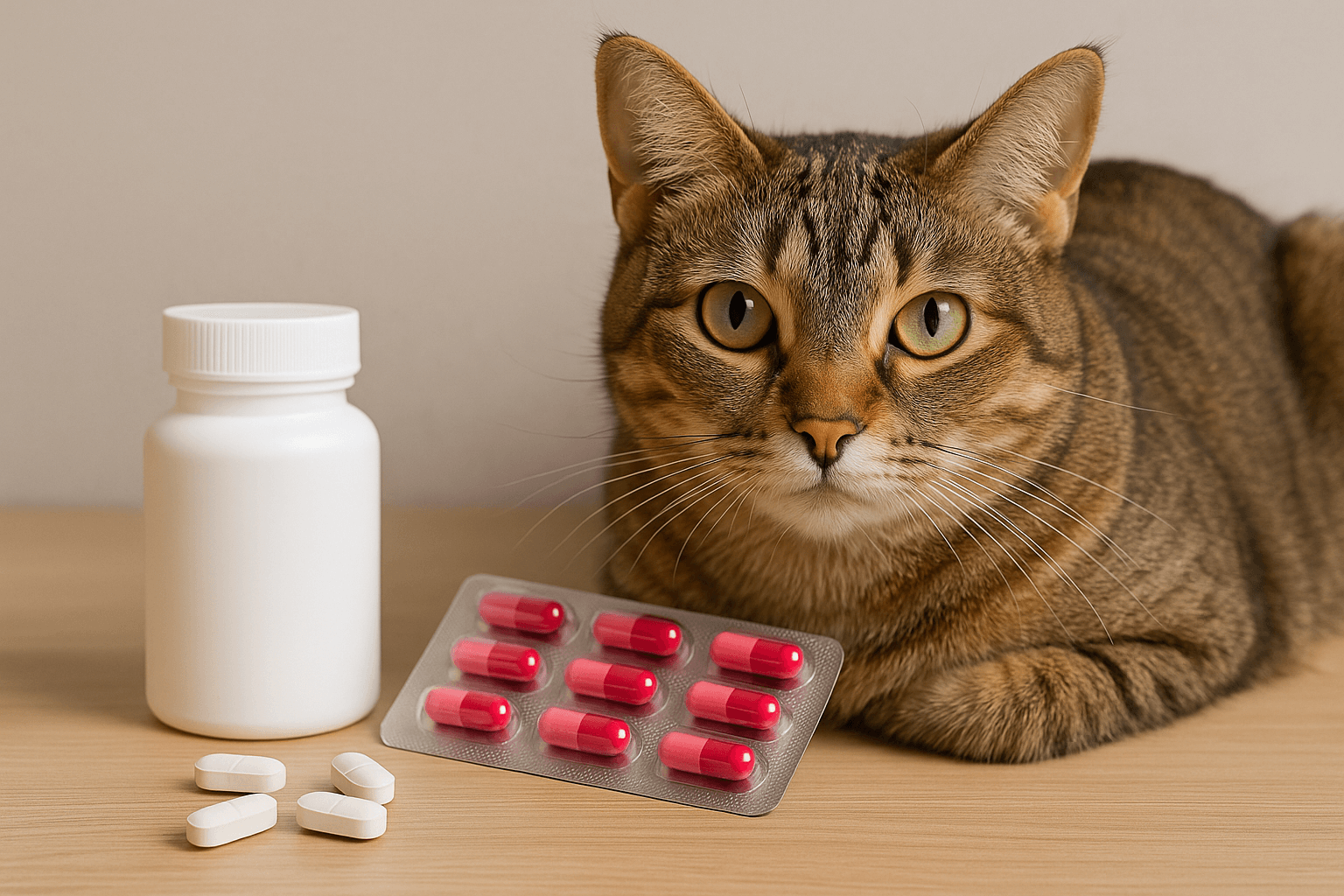The Truth About Dogs and Chicken Bones
Chicken bones have long been a topic of debate among dog owners. While some believe they’re a natural treat for dogs, others warn of the potential dangers they pose. The truth lies somewhere in between, depending on the type of bone, the circumstances, and your dog’s health. Understanding the risks and benefits is crucial to ensuring your furry friend stays safe while satisfying their instinctual chewing habits. In this blog post, we’ll explore the facts about dogs and chicken bones, debunk common myths, and provide practical tips for keeping your dog healthy and happy.
Why Chicken Bones Can Be Dangerous for Dogs
While dogs are naturally drawn to bones, chicken bones—especially cooked ones—can pose serious risks. Here’s why you should exercise caution when it comes to feeding them to your dog.
Splintering Risk:
Cooked chicken bones become brittle and can splinter easily, potentially causing injuries to your dog’s mouth, throat, or digestive tract.Choking Hazard:
Small or sharp bone fragments can get lodged in your dog’s throat, leading to choking or breathing difficulties.Intestinal Blockages:
Large pieces of bone may not break down properly in the stomach, increasing the risk of blockages that require surgical intervention.Internal Damage:
Sharp edges from splintered bones can puncture the stomach lining or intestines, resulting in serious medical emergencies.Digestive Upset:
Even if no major injury occurs, consuming chicken bones can cause vomiting, diarrhea, or other gastrointestinal issues.
These risks highlight why many veterinarians advise against giving cooked chicken bones to dogs, emphasizing the importance of safer alternatives.

When Chicken Bones Might Be Safe for Dogs
While cooked chicken bones are generally unsafe, there are certain scenarios where chicken bones might be less risky. Understanding these nuances can help you make informed decisions about your dog’s diet.
Raw Chicken Bones:
Raw bones are softer and less likely to splinter compared to cooked ones, making them a safer option for experienced pet owners.Supervised Chewing:
If you choose to give raw chicken bones, always supervise your dog closely to prevent accidents or overconsumption.Size Matters:
Larger bones, such as those from thighs or drumsticks, are less likely to break into dangerous shards than smaller ones.Dogs with Strong Chewing Habits:
Dogs accustomed to chewing bones responsibly may handle raw chicken bones better than inexperienced chewers.Veterinary Approval:
Always consult your vet before introducing any new food or treat, especially if your dog has pre-existing health conditions.
While raw chicken bones can be an occasional treat for some dogs, they still carry risks and should be approached with care.
Check this guide 👉Can I Feed My Dog Chicken and Rice Every Day? Best 7 Tips!
Check this guide 👉Can Dogs Eat Raw Chicken Feet? Best 7 Expert Tips!
Check this guide 👉Can Dogs Eat Raw Chicken Livers? Best 7 Expert Tips!
Risks of Feeding Chicken Bones | Safer Alternatives for Dogs |
|---|---|
Splintering and choking hazards | Rawhide chews |
Intestinal blockages | Rubber chew toys |
Internal injuries from sharp fragments | Bully sticks |
Digestive upset | Dental chews designed for dogs |
Potential for emergency surgeries | Frozen carrot sticks (for small breeds) |
Signs Your Dog May Have Eaten a Problematic Bone
If your dog accidentally consumes a chicken bone, it’s important to watch for signs of trouble. Early detection can prevent complications and ensure prompt treatment.
Excessive Drooling:
Unusual drooling may indicate irritation or injury in your dog’s mouth or throat caused by bone fragments.Difficulty Swallowing:
A dog struggling to eat or drink might have a bone fragment stuck in their throat or esophagus.Vomiting or Diarrhea:
Gastrointestinal distress can occur if sharp bone pieces irritate the stomach or intestines.Lethargy or Pain:
If your dog seems unusually tired or shows signs of abdominal pain, it could signal internal damage.Bloody Stool:
Blood in your dog’s stool may indicate intestinal perforation or other severe injuries.
Recognizing these symptoms early allows you to seek veterinary care promptly and minimize potential harm.
How to Prevent Accidents with Chicken Bones
Prevention is key to keeping your dog safe from the dangers of chicken bones. These proactive measures can help avoid accidents altogether.
Dispose of Bones Safely:
Place leftover chicken bones in sealed trash bags and keep them out of your dog’s reach.Teach “Leave It” Commands:
Training your dog to respond to commands like “leave it” can prevent them from grabbing bones off tables or countertops.Offer Alternative Chews:
Provide plenty of safe, durable chew toys to satisfy your dog’s urge to gnaw without resorting to bones.Monitor Mealtime Cleanup:
Ensure no stray bones are left behind after preparing or eating chicken dishes.Educate Family Members:
Make sure everyone in your household understands the risks of feeding chicken bones to your dog.
By taking these precautions, you can create a safer environment for your dog and reduce the likelihood of accidents.
Common Misconceptions About Chicken Bones
Many misconceptions surround the topic of dogs and chicken bones. Clearing up these myths can help you make more informed decisions for your pet.
Myth: All Bones Are Safe for Dogs:
Not true—cooked bones, particularly chicken bones, are prone to splintering and pose significant risks.Myth: Dogs Can Digest Bones Easily:
While some dogs can digest small amounts, most struggle with larger fragments, leading to blockages or injuries.Myth: Raw Bones Are Always Safe:
While raw bones are generally safer, they still require careful handling and supervision to avoid problems.Myth: Bones Clean Dogs’ Teeth Naturally:
While chewing can help remove plaque, bones also carry risks that outweigh their dental benefits.Myth: One Bone Won’t Hurt:
Even a single chicken bone can cause serious harm, depending on its size and condition.
Understanding these misconceptions ensures you approach bone-feeding with caution and awareness.
Benefits of Safe Chew Alternatives
Replacing chicken bones with safer chew options offers numerous advantages for both you and your dog. These alternatives support dental health and satisfaction without the risks.
Promotes Oral Hygiene:
Dental chews are specifically designed to reduce plaque and tartar buildup, improving overall oral health.Reduces Anxiety:
Chewing is a natural stress reliever for dogs, helping them relax and stay calm.Encourages Mental Stimulation:
Interactive chew toys engage your dog’s mind, preventing boredom and destructive behaviors.Minimizes Health Risks:
Unlike chicken bones, safe alternatives eliminate the dangers of splintering, choking, and intestinal damage.Customizable Options:
From edible treats to durable toys, there’s a wide variety of choices to suit different preferences and dietary needs.
Switching to safer alternatives ensures your dog stays entertained and healthy without compromising their well-being.
How to Choose the Right Chew Toy
Selecting the right chew toy for your dog depends on factors like size, material, and durability. Here’s how to find the perfect match for your furry friend.
Consider Your Dog’s Size:
Larger dogs need sturdy toys that can withstand heavy chewing, while smaller breeds benefit from lightweight options.Check Material Safety:
Look for non-toxic, BPA-free materials that won’t harm your dog if ingested in small amounts.Assess Durability:
Aggressive chewers require tough, long-lasting toys, whereas gentle chewers may enjoy softer, edible options.Match Their Preferences:
Some dogs prefer textured surfaces, while others enjoy flavored or scented toys—choose based on their likes.Rotate Toys Regularly:
Keeping a variety of toys prevents boredom and extends the lifespan of each item.
Choosing the right chew toy not only satisfies your dog’s instincts but also keeps them entertained and safe.
FAQ
Can I give my dog raw chicken bones?
Yes, raw chicken bones are generally safer than cooked ones, but supervision is essential to avoid accidents.
What makes cooked chicken bones dangerous?
Cooked bones tend to splinter easily, posing choking hazards and potentially causing internal injuries.
How do I know if a bone is too small for my dog?
As a rule of thumb, choose bones larger than your dog’s mouth to prevent swallowing whole or choking.
Are there nutritional benefits to feeding bones?
Yes, raw bones contain marrow and minerals that support joint health and overall nutrition.
Should I consult my vet before giving my dog bones?
Absolutely. Your vet can assess your dog’s individual needs and recommend the safest options.
Prioritizing Your Dog’s Safety Over Tradition
The idea of giving dogs chicken bones may stem from tradition, but modern veterinary advice emphasizes the importance of prioritizing safety over habit. By understanding the risks associated with chicken bones and exploring safer alternatives, you can ensure your dog enjoys a fulfilling and hazard-free life. Remember, every dog is unique, so always tailor your approach to their individual needs and consult your vet when in doubt. With thoughtful care and attention, you can keep your canine companion happy, healthy, and free from unnecessary risks.
Cat Fever Treatment: Best 7 Expert Tips! Discover expert advice on identifying, managing, and treating fever in cats to ensure their quick recovery and well-being.
Understanding Meloxicam for Cats: Best 7 Expert Tips! Learn how to safely administer meloxicam, manage side effects, and ensure your cat's comfort with expert advice on feline pain relief.
Amoxicillin for Cat UTI: Best 7 Expert Tips! Discover safe usage, dosage guidelines, and expert advice on treating feline urinary tract infections effectively with amoxicillin.
Understanding Cat Cancer Treatment: Best 7 Expert Tips! Discover expert advice on managing feline cancer, from early detection to treatment options, ensuring your cat’s health and comfort.





